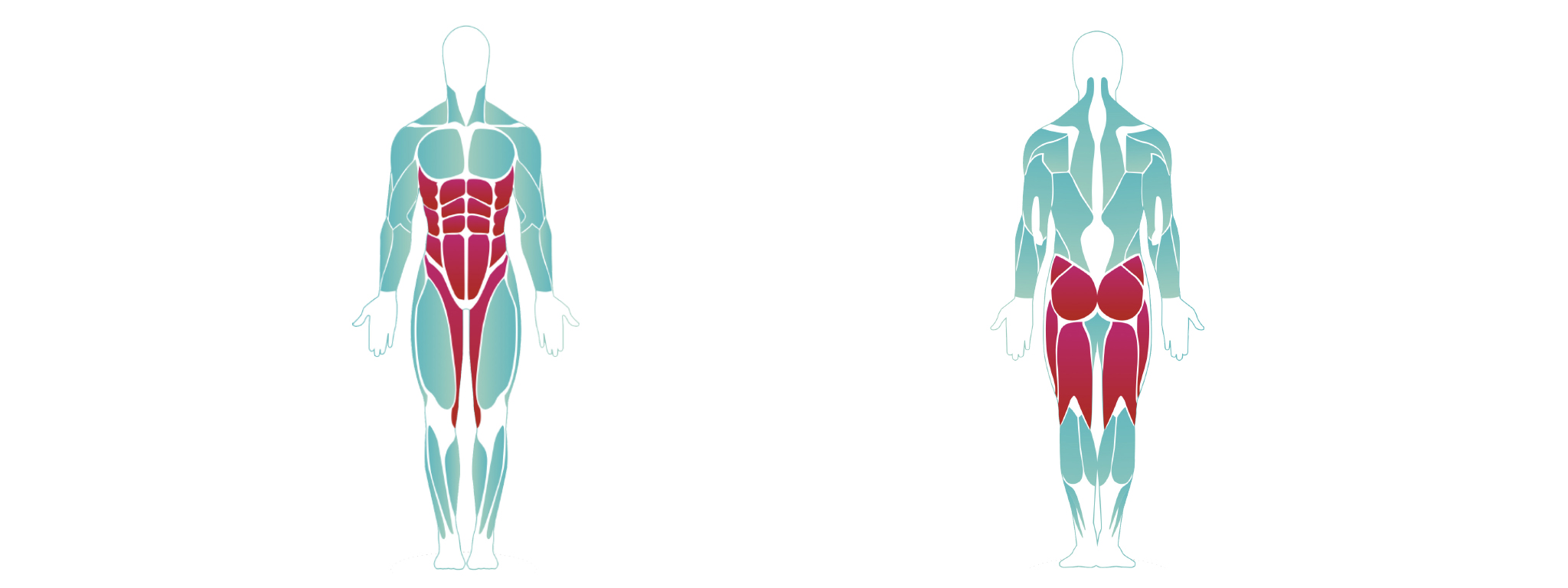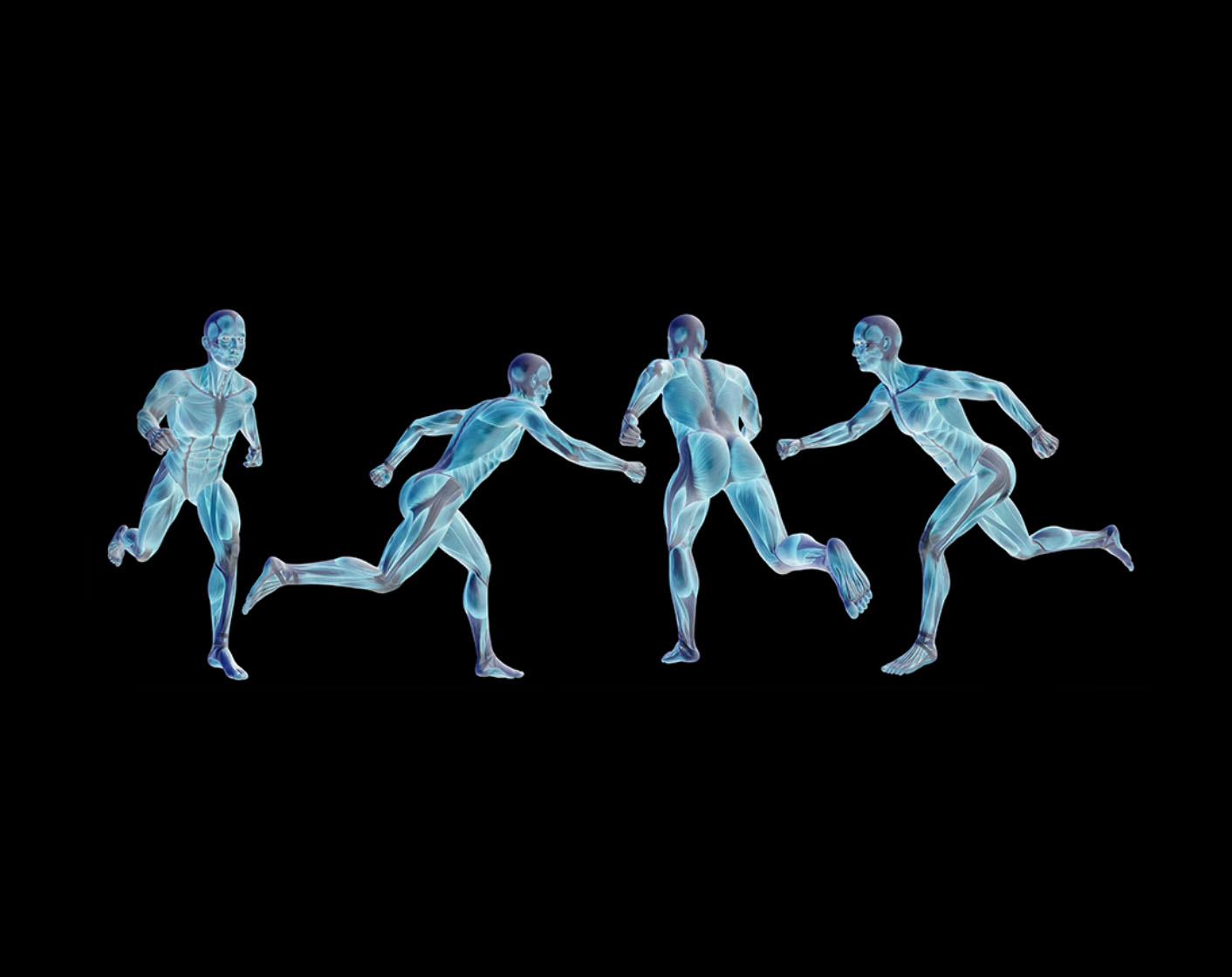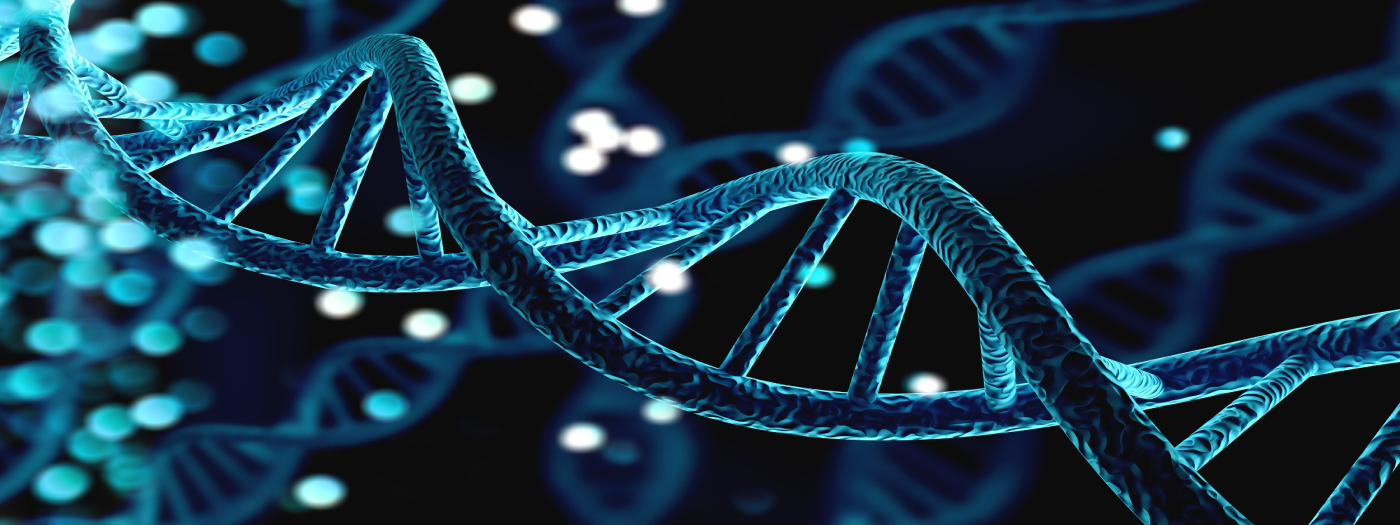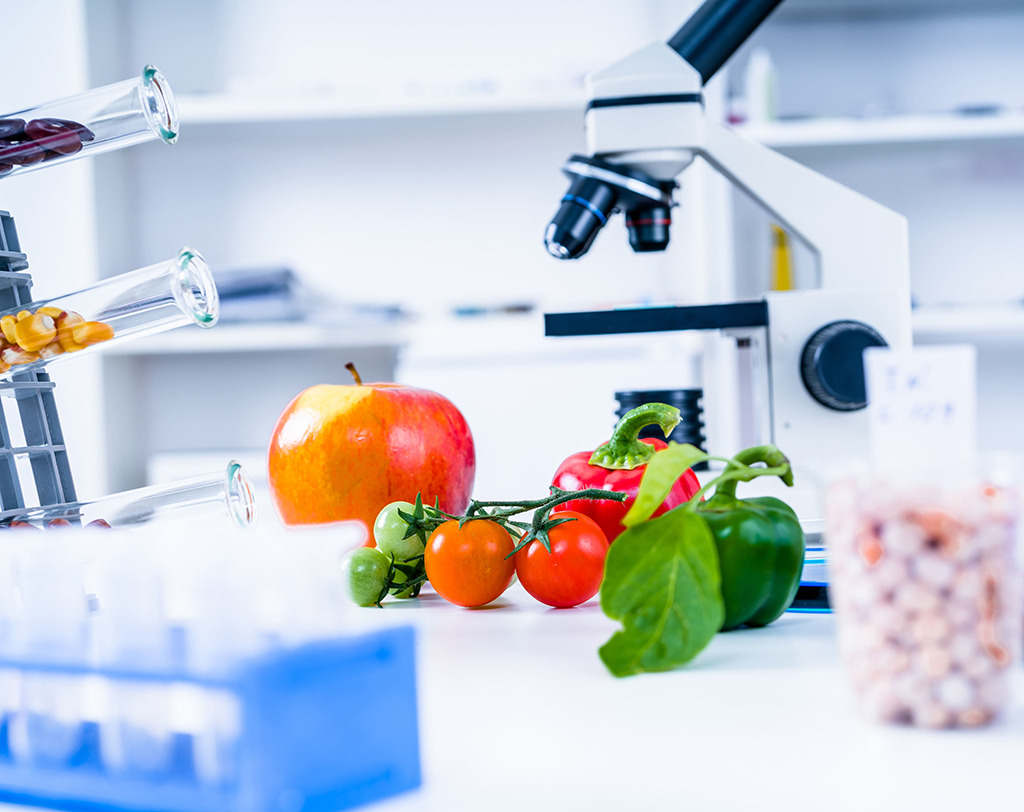
Our Muscle Groups
- Noah Soliman
At PhysioFrog, we split the muscle anatomy into 7 groups, consisting of the muscles most influential to athletic performance; hamstrings + glutes, quadriceps, chest, groin + core, arms + shoulders, back, and calves. The function of each group varies, with their significance differing across activities. In this episode, we will delve into these differences, getting to understand the groups’ physiology and function, and consequently their relative importance.
Hamstrings + Glutes
Located at the back of our upper leg and buttocks, we have one of the largest muscle groups (by mass): hamstrings + glutes. Their proximity and functions were a huge determinant when deciding to group them together. Both muscles are comprised of 3 individual muscles, with the hamstrings’ primary role being knee flexion, whereas the glutes’ primary role being upper body stability. Our hamstrings and glutes are both involved in generating the force required for the ‘push off’ phase in running, with the production distribution estimated to be 1:2 respectively. As many sports require varied running formats – from sprinting to long-distance – it is unsurprising that these muscles suffer a significant proportion of all muscle injuries in sport. Power is also highly concentrated in these muscles when executing movements such as kicking and swinging, making this group crucial for overall sporting performance.
Quadriceps
Up next is our quadriceps – those chunky muscles that give our legs that desired aesthetic. Located at the front of our upper leg, the quadriceps consist of 4 muscles, making them the largest leg muscles behind our glutes. Contrary to the hamstrings, our quads are responsible for knee extension, enabling us to kick, run, and jump. In running, their role is to absorb the impact’s force as you land, done through the bending of the hips and the knee’s extension. The nature of this role makes our quads crucial in activities that involve a lot jumping, as the landing also requires a lot of force absorption. Due to their responsibility to your knees, having a strong pair of quadriceps will heavily reduce the likelihood of enduring an ACL/MCL injury – something you definitely don’t want!
Chest
The scientific name for your chest muscles is the pectorals. Consisting of a minor and a major pectoralis (each side), your chest has a huge responsibility for the movement of your arms and shoulders. Specifically, they’re involved in raising/lowering your arms and internally rotating your shoulders. Along with sporting endeavours (such as throwing), your chest plays a vital role in daily activities like pushing objects around the house. However, we suggest limiting your chest size if your primary sport involves a lot of high-speed movement, as large pectorals can hinder your acceleration and speed.
Groin + Core
Two underappreciated muscles, the groin + core’s role is quite paramount for overall bodily movement. The groin area – located between your hip, thigh, and abs – embodies your hip flexor muscles, a group of 5 muscles that control the raising of your legs. Your core consists of many abdominal and oblique muscles, all involved in stabilising your trunk for balance. Let’s use an in-game example to demonstrate this group in action. When preparing to strike a soccer ball, you’ve planted your non-kicking leg on the ground and have your kicking leg back to create momentum and power. In this scenario, your hip flexors are pulling your kicking leg back, and will subsequently pull it forward. Your core has stabilised your body, preventing any excessive movement that could impact the shot. A lack of functioning in either of these domains could see reduced shot accuracy and potential injury – impacting athletic performance.
Arms + Shoulders
The arms + shoulders dictate a lot of the upper body movement occurring in sports – whether it’s throwing, swinging, or even swimming. There are roughly 8 muscles involved in providing strength, stability, and shape to your shoulder, which is miniscule compared to the 24 in each arm. Your shoulders are a huge power output for athletic movements; this makes them highly prone to strain injuries via overloading, so be sure to take care! Despite conflicting research, it is suggested your arms have a vital role in maximising running speed through their communications with the legs. Additionally, and very much obviously, your arm muscles are crucial for generating the power and direction required for swinging and throwing.
Back
Your back totals 40 muscles, with 20 on either side. Crucial for coordination and balance, your back maintains proper posture during athletic activity. With lower back muscles also being considered as core muscles, they’re highly responsible for energy transfer between limbs. A stronger set of lower back muscles may improve the transfer efficiency, resulting in faster and stronger movements for the athlete.
Calves
Finally, we have our calves – a group of two muscles located in your lower leg. Acting as a foundational muscle group, the health of your calves will determine the function of your ankles and knees. Following the support of your hamstrings + glutes, your calves act as the final medium for the ‘push off’ phase in the running mechanism – determining the pace and length of your strides. Whilst calf size is heavily dictated by our genetics, strengthening them will improve their role in absorbing and transferring energy, consequently enhancing athletic performance.
Applying This Knowledge
Understanding the role your muscles play will give you the opportunity to enhance athletic attributes by training the responsible muscle group. This knowledge enables you to take control of your athletic performances and optimise them for success. When training, ensure you’re being sensible and not putting yourself at risk to injury.
Once again, thanks for reading,
Noah Soliman, Principal @ PhysioFrog
Get to grips with the physiology and mechanisms behind our warm-ups, and learn how their applications can maximise your on-field performances. Along with the physical benefits of muscle preparation, get an insight into its psychological benefits to truly understand your mind and body!
Get to grips with the physiology and mechanisms behind our warm-ups, and learn how their applications can maximise your on-field performances. Along with the physical benefits of muscle preparation, get an insight into its psychological benefits to truly understand your mind and body!
Explore our exercises aimed at preventing and recovering these muscle groups from injury





